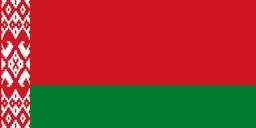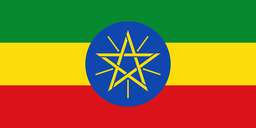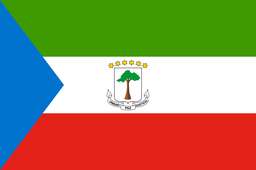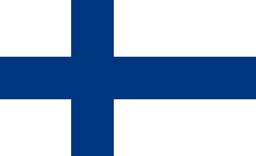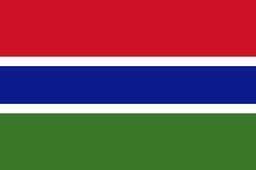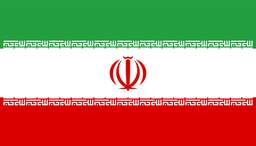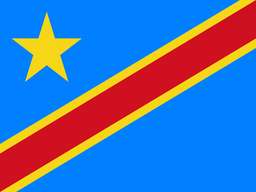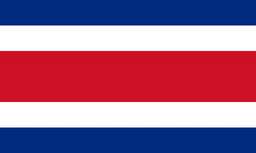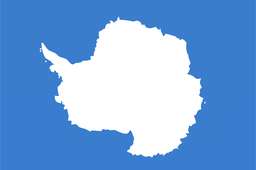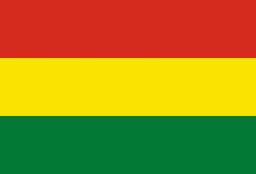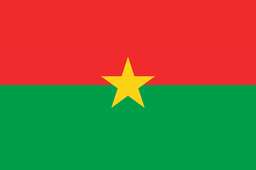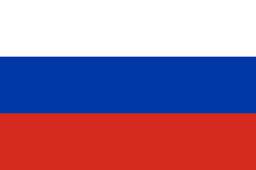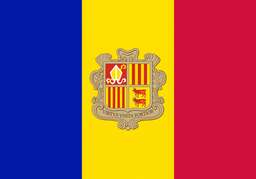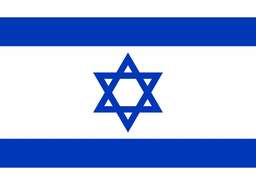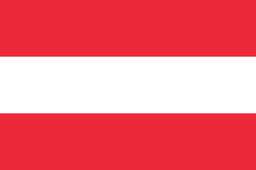Sri Lanka is a lovely South Asian island sometimes referred to as "the Pearl of the Indian Ocean." Its cultural legacy and past stretch more than 3,000 years.
Early Civilization
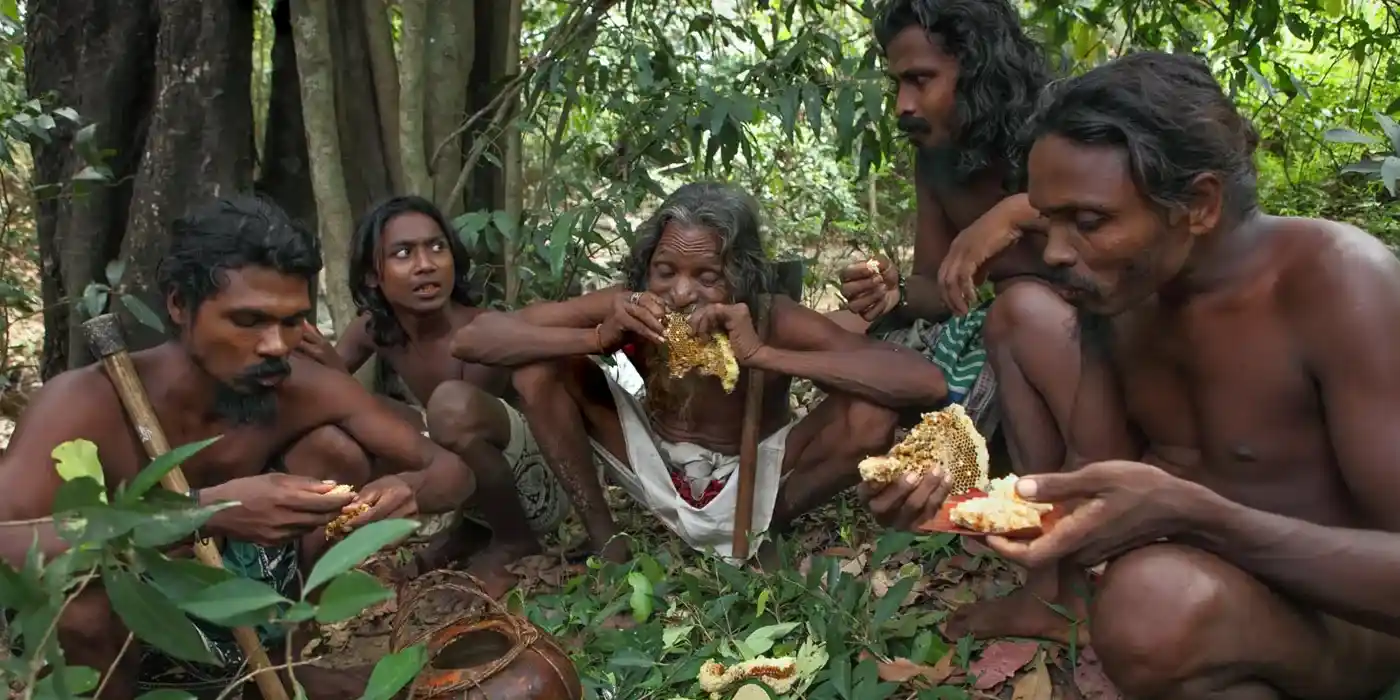
Human settlements in Sri Lanka started clearly from 10,000 BC. According to legends, the Veddahs—an Indigenous people still surviving in isolated parts of Sri Lanka—were the earliest occupants of this island nation. They were hunter-gatherers, and plain existence was all they had. The son of Emperor Ashoka, India, brought Buddhism to Sri Lanka around 543 BC. It has had a very positive impact on the national lifestyle and culture.
Kingdoms and Invasions
Kingdoms have historically been subject to invasion in Sri Lanka. Thought to have founded the first significant kingdom in 377 BC, and the capital city, Anuradhapura, King Pandukabhaya controlled between 377 and 367 BC. For almost a century, several other kingdoms modelled themselves after the Chola dynasty from South India. Arriving in Sri Lanka around 1505, the Portuguese settled several island areas. British rule came in the 19th century; Dutch rule arrived in the 17th century. The British plundered her resources while bringing roads and trains.
Toponymy
From "Taprobane" for the ancient Greeks and "Serendib" for Arabs, the nation's name changed. It became "Ceylon" and got its official name of Sri Lanka in 1972 during colonial control.
Colonialism and Independence
The Portuguese, Dutch, and British colonised Sri Lanka for over 450 years. Though the colonial consequences still infect the Sri Lankan imperial society, the nation came into existence in 1948 after being awarded freedom through a nonviolent struggle under the leadership of figures such as D.S. Senanayake and Don Stephen Jayewardene.
Post-classical period
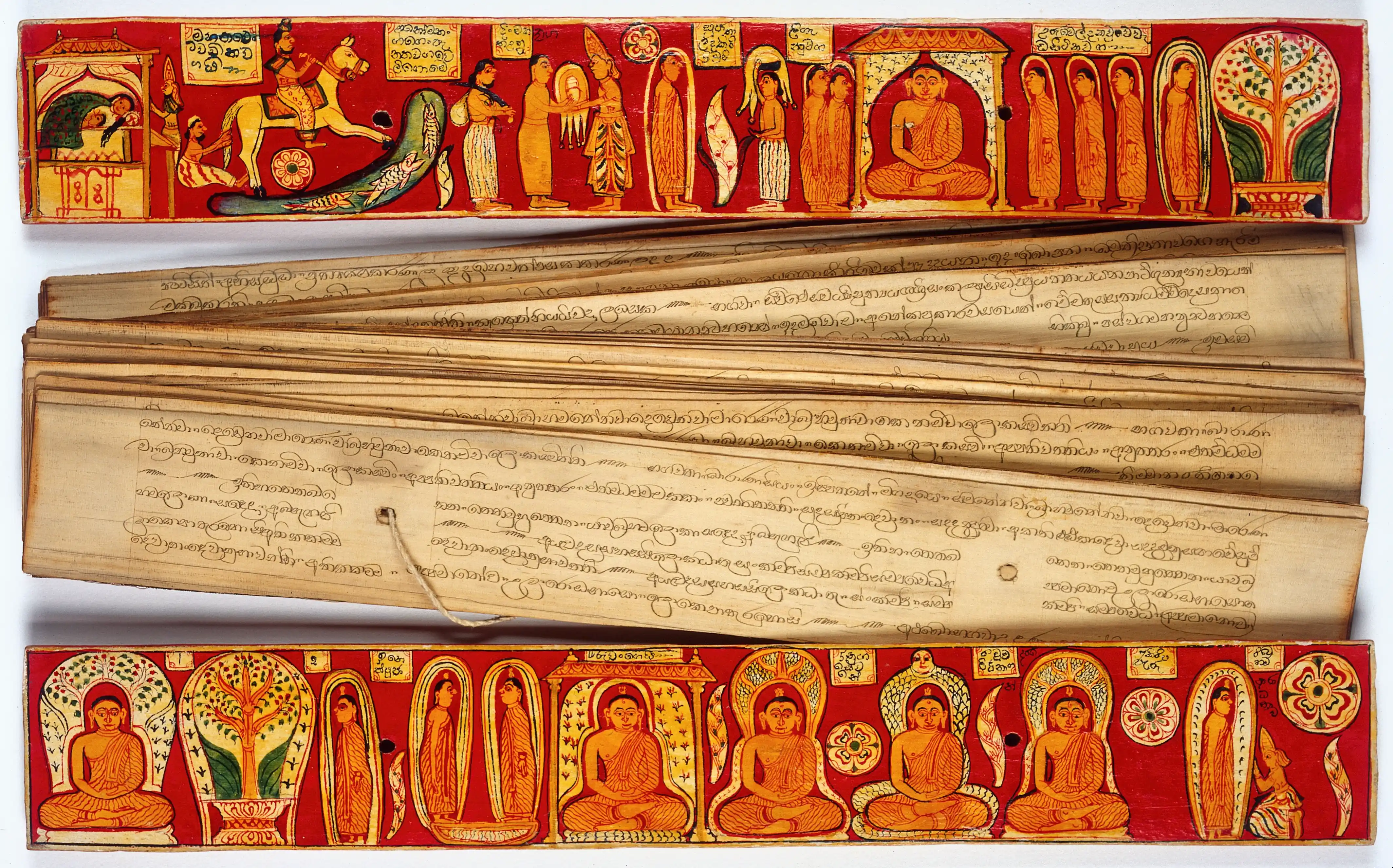
Post-classical progress in literature, art, and architecture in Sri Lanka produced this list of events. From the third century BC, the Pali Canon—the earliest Buddhist text in the world—has had a lasting legacy in literature. Identified with Buddhism, it is so strong that it permeates all Sri Lankan-created art. Paintings, sculptures, and Buddhist temples abound. Among the amazing architectural creations of this age were the Kandy Lake, the Sigiriya rock fortification, and old irrigation systems.
Modern period
Sri Lanka is where we examine the tragedies after it became a republic in 1972, after its independence as a dominion within the Commonwealth in 1948. Natural calamities and civil war have dogged the nation since then. Nevertheless, it has also seen really good improvement in other spheres, including infrastructure, healthcare, and education.
Contemporary history
Sri Lanka has shown political stability and economic growth during the last five years. Service industries, manufacturing, agriculture, and tourism define the basic bases of the national economy. Still, it has also witnessed over two decades of civil conflict and the tsunami of 2004. Following the government's triumph over the Liberation Tigers of Tamil Eelam (LTTE), the civil war came to an end back in 2009. Sri Lanka has been on a journey towards reconstruction and atonement. Between 1978 and 1989, J.R. Jayewardene was the second President of Sri Lanka and among the most consequential presidents in recent history.
Geography and Climate
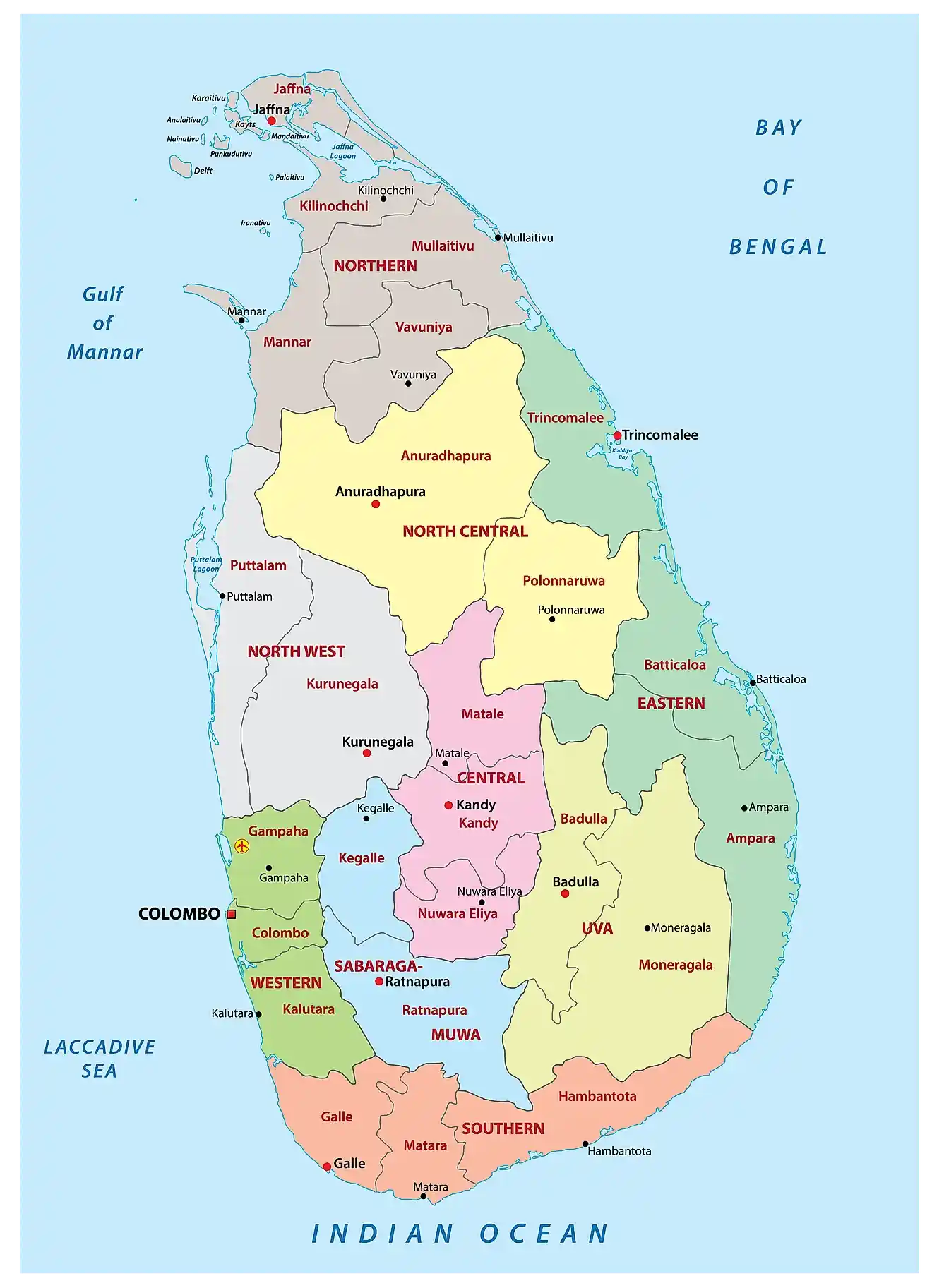
The geography includes sandy beaches, jungles, and mountain ranges. The nation boasts a tropical environment with clearly dry and wet seasons. It is home to a lot of the native flora and animals of Sri Lanka and has been named a biodiversity hotspot. Among these are native creatures, including the lion and elephant, that call that island home.
Government
The state government of the Democratic Republic of Sri Lanka is both illegal and legal. Running the government alongside the Prime Minister, the President, head of State, and the Government exercises executive power. Every five years, elections under a multi-party political framework take place, though the political scene has still been controlled by the United National Party (UNP) and the Sri Lanka Freedom Party (SLFP).
Flora and fauna
With about thirty percent of the nation covered in forests, Sri Lanka has outstanding biodiversity—that is, a large range of plants and animals. This island nation boasts both non-endemic and native plant and animal species in abundance. Beautiful sloth bears, elephants, leopards, and birds. Near beaches, you could see sea turtles, dolphins, and whales.
Politics
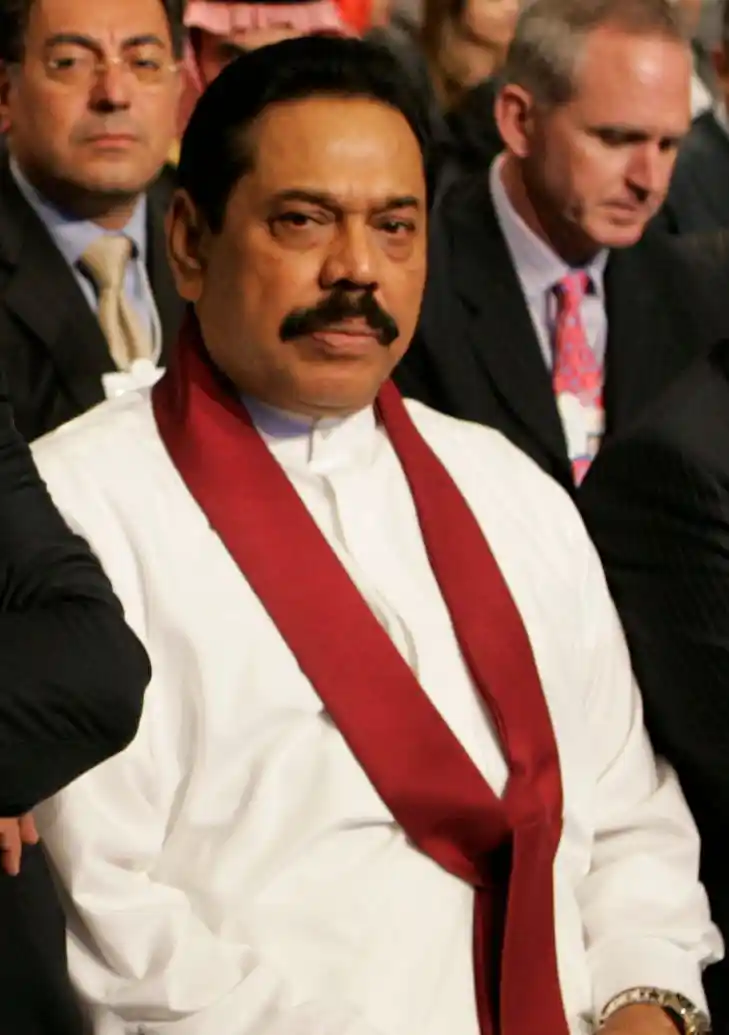
Sri Lanka's politics have naturally reflected its extreme division along some ethnic and religious lines since its independence. These divided the nation's civil war such that the LTTE sought a separate state for the Tamil minority, thereby guiding the conflict. November 2019 saw Gotabaya Rajapaksa chosen as Sri Lanka's new President. In prior years, he was the defence secretary and brother of former President Mahinda Rajapaksa. Still, the prime minister currently in charge oversaw from 2005 to 2015. Projects involving infrastructure development and specific tax reductions are carried out by the present government.
Administrative divisions
The country divides administratively into nineteen provinces and twenty-25 districts. Each province boasts a provincial council that oversees its territory. The 331 divisional secretariats that make up the districts handle local government and public service delivery.
Provinces
Comprising nine provinces, Central, Eastern, Northern, North Central, North Western, Sabaragamuwa, Southern, Uva, and Western, Sri Lanka boasts a varied cultural background with its own customs.
The districts and local authorities
Understood by the federal government, district secretaries supervise the local governments spread throughout 25 districts of Sri Lanka. Every district is run from the divisional secretariat and the grama niladhari divisional levels. Furthermore, local administrations, including municipal councils, urban councils, and pradeshiya sabha (village councils), provide the most basic services for their constituency. This group covers water supplies, road maintenance, and waste management.
Foreign relations
Sri Lanka has diplomatic ties with several nations. The nation with the closest political and economic links is India, next door. Still, it is closely related to China, Japan, and countries in Southeast Asia. Moreover, highly expatriate groups abound in Australia, Canada, and the United States.
Military
Sri Lanka's military comprises its Army, Navy, and Air Force taken collectively. They preserved domestic security while calling off the national civil war. The military also actively helps disaster assistance in Sri Lanka, a nation often prone to floods and landslides.
Economy
Their income from their primary businesses, which included tourism, clothes manufacturing, agriculture, and tea production, had been consistent even if they were compelled to reduce their trips. Still, the nation suffers from income disparity and excessive public debt. Through company tax benefits, initiatives aiming at diversifying the economy and attracting international investment are under development. The location and natural beauty of Sri Lanka suggest great future economic possibilities.
Transport

Still, the primary means of access is roads, whereby a system of key highways links practically every big city and village. The nation also boasts a rail infrastructure, with the most well-known Colombo–Kandy route across meandering hills and tea farms. The nation boasts internal flights as well.
Biological agriculture transition
Sri Lanka has lately been turning toward an organic and sustainable agriculture agenda. Finally, the government runs initiatives to support biological farming techniques to cut pesticide and chemical fertiliser use. Apart from improving the surroundings, this change benefits small-scale farmers since it enables them to raise output while lowering production costs. It also exhorts people to choose better foods.
Tourism
Popular holiday location Sri Lanka presents a great range of animals, historic sites, and amazing beaches. With around 2 million visitors to the country in 2019, travel plays a relatively significant role in the national GDP. Still, the COVID-19 outbreak hurt the travel sector. The government is working on safety initiatives to revive this significant portion of the economy.
Culture
Most of the people follow Buddhism, a faith that significantly influences Sri Lankan civilisation. The nation has a varied cultural background largely derived from several ethnic and religious communities. The fiery cuisine of India and Southeast Asia helps characterise the country.
Demographics
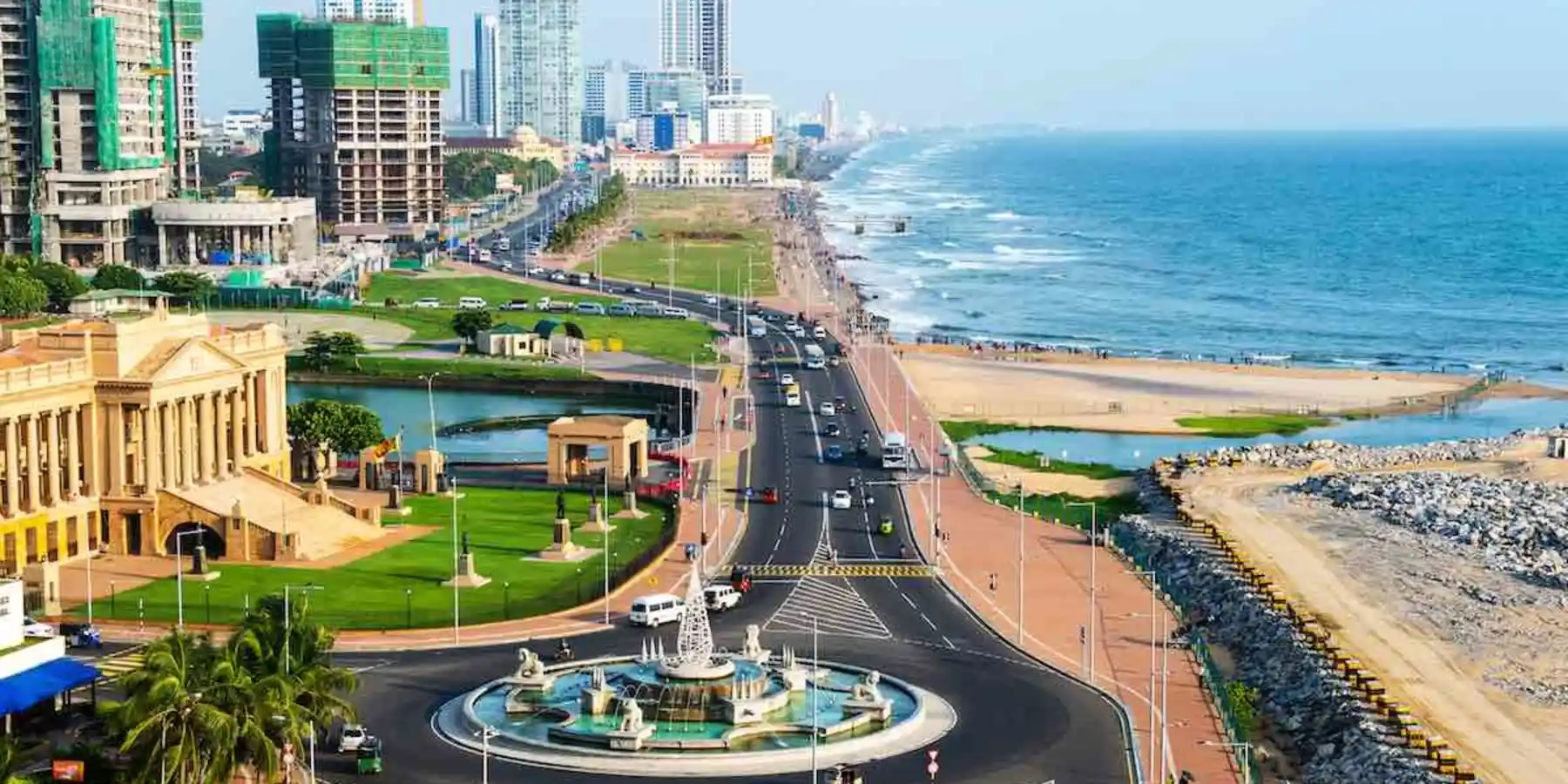
More than 74% are Sinhalese, 15% are Tamils, 9% are Muslims, and 2% are others among over 22 million residents. Moreover, it clarifies the country's great 92% literacy rate resulting from its free educational system. Still, the road toward gender equality in education and women's work possibilities is long.
Languages
Officially, Sinhala and Tamil, Sri Lanka is a country in the Indian Ocean. English is extensively used in commerce and education. Additionally, the minority populations speak Arabic, Malay, and Chinese.
Education
Education is very prized in Sri Lankan society, and the system is fully free from elementary through university levels. With 92% of the population literate, the nation still has room to improve the quality of education in rural areas and gender equality in general.
Religion
At seventy percent of its population, Sri Lanka boasts the largest Buddhist count. Important religions other than these are Hinduism, Islam, and Christianity. Given that many individuals from all backgrounds engage in different religious holidays, religious tolerance is therefore quite important in Sri Lankan society.
Sports
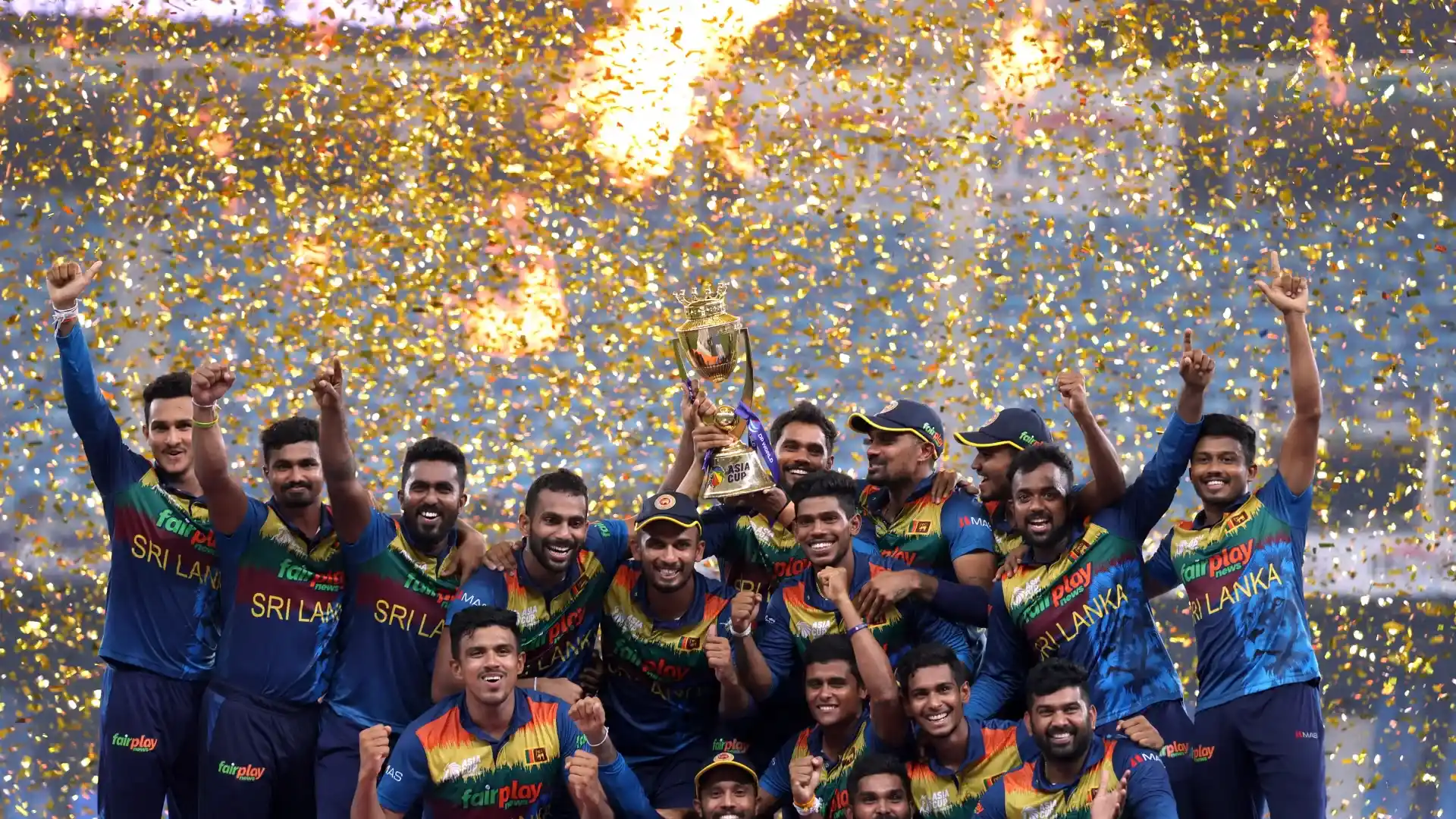
Cricket is the most-watched game in Sri Lanka. Said otherwise, Sri Lanka's national squad has also had success abroad. Popular further sports are volleyball, football, and rugby. The nation has also produced track and field and boxing Olympic medals. Sri Lankans widely use sports to unify and inspire them in high spirits.
Health
Years of healthcare system reform have greatly helped Sri Lanka's life expectancy to rise to 76 years. The country claims good immunisation rates and strong public health services. Remote regional healthcare access and non-communicative disorders, such as diabetes and heart disease, are rising. These initiatives are meant to address issues, including free healthcare for children under five and pregnant women.
Human rights and media
Though Sri Lanka has made progress in human rights, there are still issues with media independence and freedom of expression, among other things. These issues have given the government directions, including the Right to Information Act.
Food and festivals
Sri Lankan cuisine features plenty of Indian, Portuguese, Dutch, British, and spicy tastes and flavours. Basic cuisines are rice and curries; other snacks consumed are kottu roti, chopped flatbread stir-fried, and hoppers, a sort of pancake. Sinhala and Tamil New Year, Vesak (the Buddhist holiday), Ramadan (the Islamic feast), and Christmas are a few yearly celebrations. These are festivities with considerable cultural diversity that link people.
Visual, literary, and performing arts
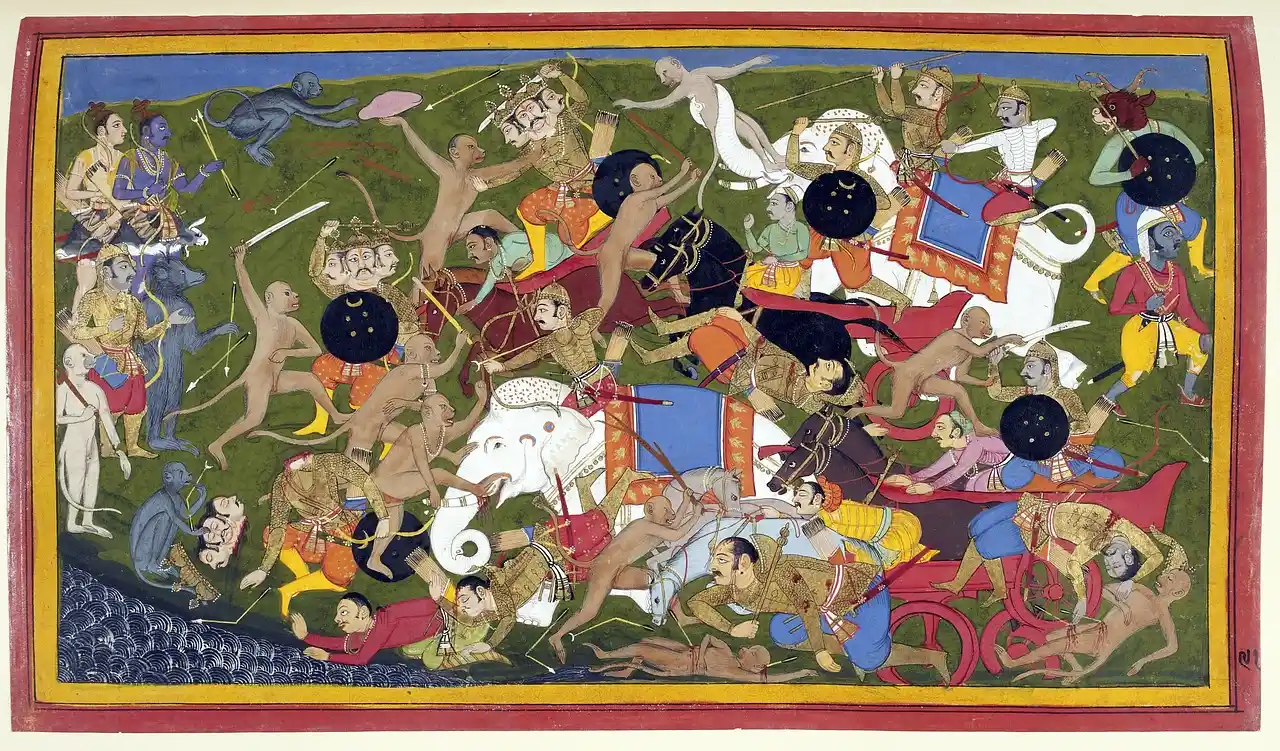
Sri Lanka's visual, literary, and performing arts reflect a rich cultural legacy. Traditional musical instruments such as Kollam, low rural dances, and Kandyan are still performed. The nation also boasts a relatively vibrant modern art scene, with several galleries sponsoring and exhibiting local artists' works.




